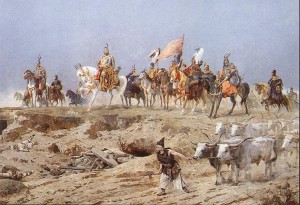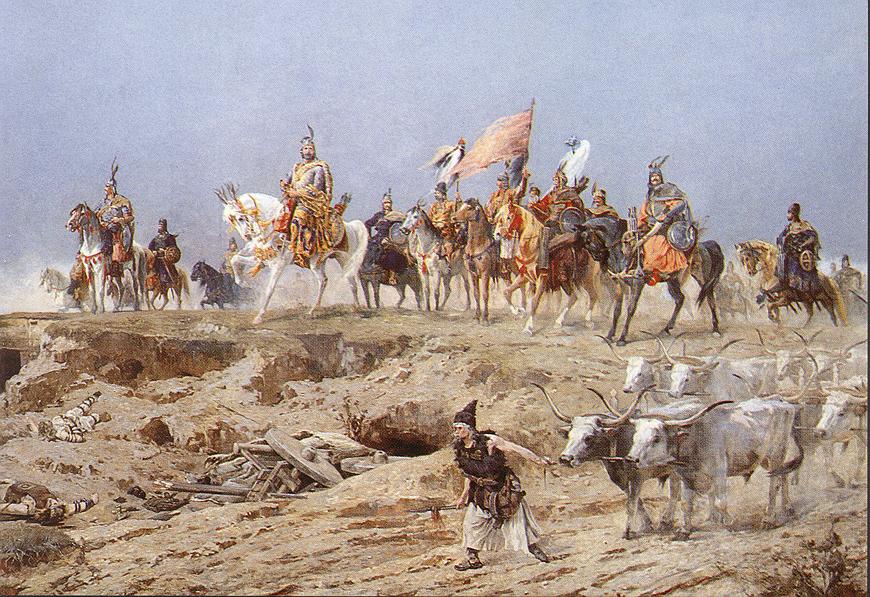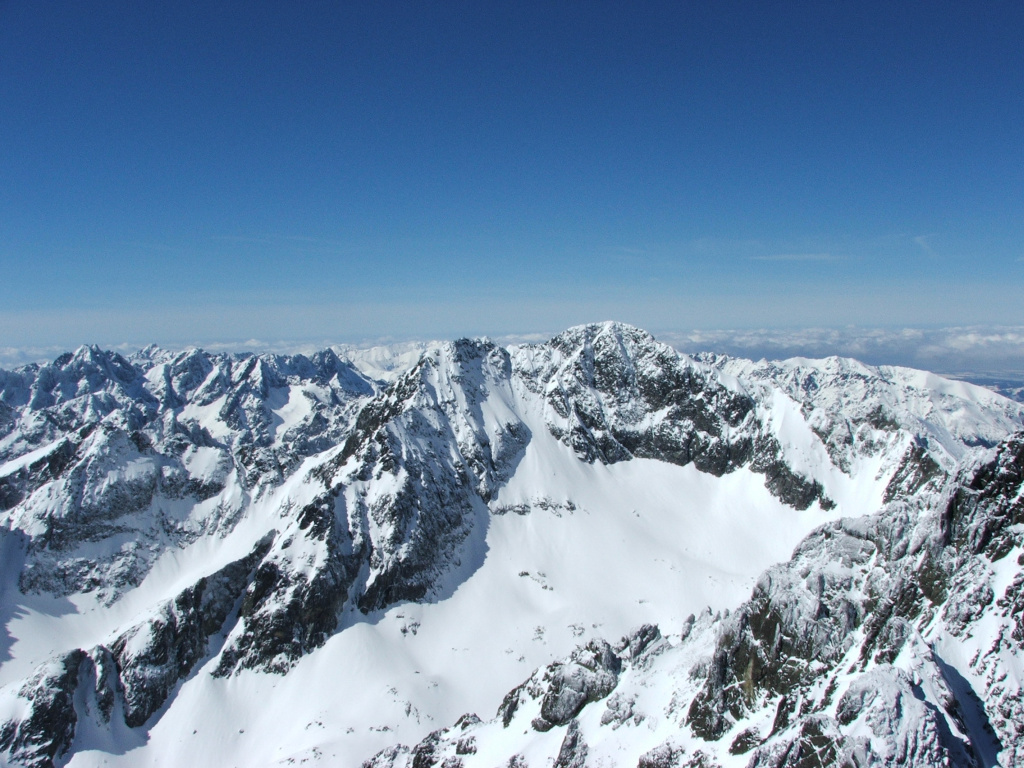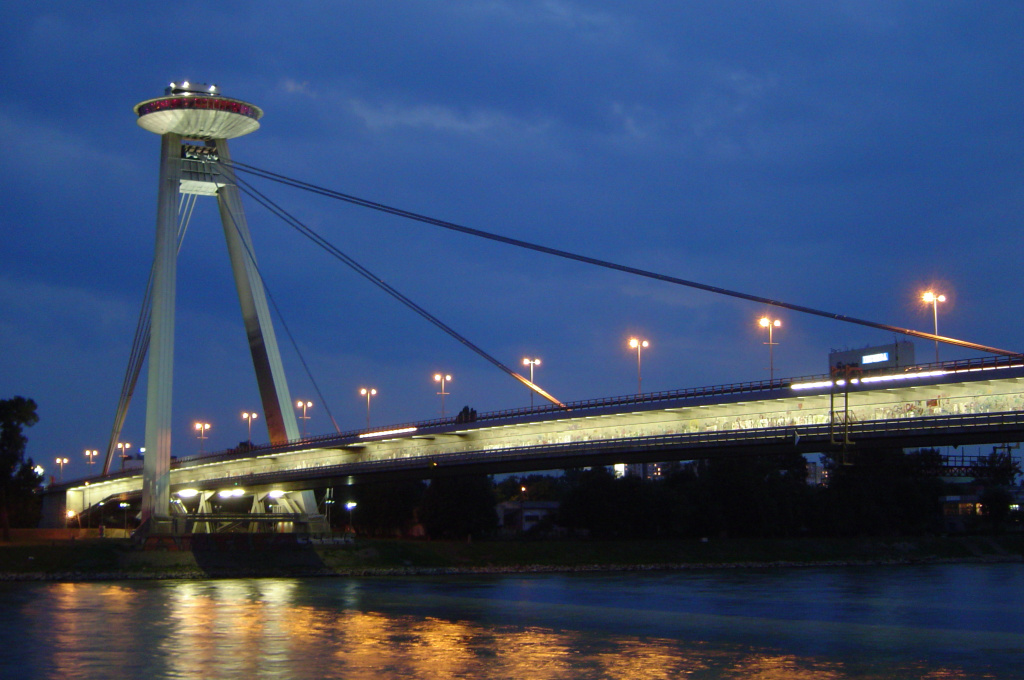On the 5th century, there were Slavic tribes who settled in Slovakia which later on became an integral part of Greater Moravia’s Slavic Kingdom. It stayed this way until the 10th century when Magyar tribes invaded Slovakia. These tribes placed Slovakia under the rule of King Stephen of Hungary. For one thousand years, foreign rule became the name of the game in Slovakia.
Then, in 1526, the Hapsburgs were allowed access to Upper Hungary (Slovakia), and Bratislava became the capital of Hungary. When the Austro-Hungarian empire was dissolved in 1918 after World War I, Czechoslovakia was created. However from the period of 1939 to 1945, Czechoslovakia was practically run by foreign powers like the Germans, the communists and again in 1848 with the Soviet Union.
Finally, in 1968, a Slovak named Alexander Dubcek, who was also a Czechoslovakian leader at the time, started to introduce reforms for government which he called socialism. Afraid of his efforts, the Soviets enter Czechoslovakia and remove Dubcek, replacing him with Gustav Husak who is another Slovak.
In 1989, massive movements around Eastern Europe against communism bring down Husak, who resigned. This is the Velvet Revolution and Vaclav Havel becomes the new Czechoslovakian president.
Starting in 1992, after the summer election when the Slovak Prime Minister was elected, Vladimir Meciar, dialogues were instigated to moves to separate the Slovak Federal Republics and Czechoslovakia.
 The next year, in January, saw the emergence of the Second Slovak Republic, which was also to be the youngest independent state in Europe. Slovak Republic was officially separated from the old Czechoslovakia, and it was all done very peacefully, and without any conflict. This is what is now referred to as the Velvet Divorce. The self-proclaimed “Father of Slovakia” was the proud Prime Minister, Meciar.
The next year, in January, saw the emergence of the Second Slovak Republic, which was also to be the youngest independent state in Europe. Slovak Republic was officially separated from the old Czechoslovakia, and it was all done very peacefully, and without any conflict. This is what is now referred to as the Velvet Divorce. The self-proclaimed “Father of Slovakia” was the proud Prime Minister, Meciar.
Unfortunately, in the same year, Meciar was given a vote of no confidence by the government, and was forced to resign. Josef Moravcik took his place and he started economic reforms and the road to privatization.
After a year, Meciar is back with a vengeance having formed how own political party, and wins the election. For four years, many tales of corruption and prejudice against the Hungarians. This results in Slovakia becoming isolated from the rest of Europe.
In 1998, there was a constitutional crisis when parliament fails to find a successor to Meciar whose term as Prime Ministers ends. This is resolved in 1998 when a new Prime Minister, Mikulas Dzurinda enters the political arena. This new Prime Minister is tasked with the assignment of making basic changes in government for a more stable and fair government.
Still politically instable, the new Prime Minister is removed by Rudolf Schuster who was a member of the coalition government. A constitutional change takes place and the presidency is now a position of election. With this change, Schuster takes his place of the second president of Slovakia.
This was to be beginning of better years for Slovakia, and in 2000, Slovakia joins the European Union with a formal invitation.



